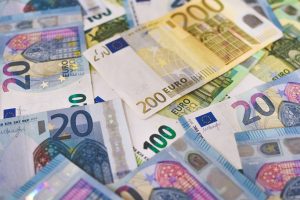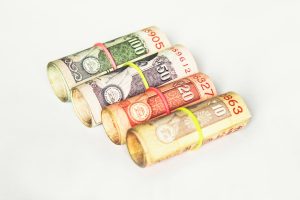Forex trading is a risky business, and traders need to understand the importance of risk management. One of the most important aspects of risk management is determining the risk to reward ratio. The risk to reward ratio is a measure of how much a trader is risking in order to achieve a certain level of profit. In this article, we will discuss what is the best risk to reward ratio in forex and why it is important.
What is Risk to Reward Ratio?
The risk to reward ratio (RRR) is a measure of how much a trader is risking in order to achieve a certain level of profit. It is calculated by dividing the potential profit of a trade by the potential loss of the same trade. For example, if a trader is risking $100 to make a profit of $200, the risk to reward ratio is 1:2.
Why is Risk to Reward Ratio Important?
The risk to reward ratio is important because it helps traders to manage risk effectively. By using the risk to reward ratio, traders can determine the size of their positions and stop loss levels, which can help reduce the risk of losing money. Traders should always aim for a high risk to reward ratio, as this will increase their chances of making a profit over the long term.
What is the Best Risk to Reward Ratio in Forex?
The best risk to reward ratio in forex is subjective and depends on the trader’s trading style, risk tolerance, and trading goals. A good risk to reward ratio is usually considered to be 1:2 or higher. This means that the potential profit of a trade is at least twice the potential loss.
However, some traders may prefer a higher risk to reward ratio, such as 1:3 or 1:4, in order to achieve higher profits. Conversely, some traders may prefer a lower risk to reward ratio, such as 1:1 or 1:1.5, in order to reduce their risk and protect their capital.
Ultimately, the best risk to reward ratio is one that fits the trader’s individual trading style and goals. Traders should always aim for a risk to reward ratio that is consistent with their risk tolerance and trading strategy.
How to Calculate Risk to Reward Ratio in Forex?
To calculate the risk to reward ratio in forex, a trader needs to determine the potential profit and potential loss of a trade. The potential profit is calculated by subtracting the entry price from the take profit level. The potential loss is calculated by subtracting the stop loss level from the entry price.
For example, if a trader buys EUR/USD at 1.2000 with a stop loss at 1.1950 and a take profit at 1.2100, the potential profit is 100 pips (1.2100 – 1.2000) and the potential loss is 50 pips (1.2000 – 1.1950). The risk to reward ratio is therefore 2:1 (100/50).
Conclusion
The risk to reward ratio is an important tool for forex traders to manage risk effectively. Traders should always aim for a high risk to reward ratio, such as 1:2 or higher, in order to increase their chances of making a profit over the long term. However, the best risk to reward ratio is subjective and depends on the trader’s individual trading style and goals. By using the risk to reward ratio, traders can determine the size of their positions and stop loss levels, which can help reduce the risk of losing money.





